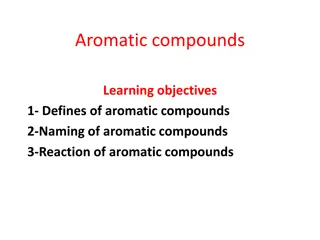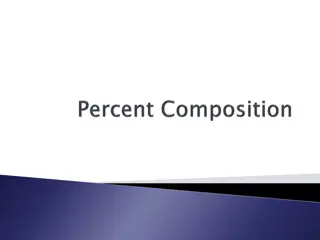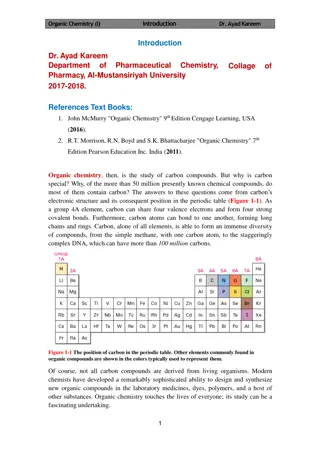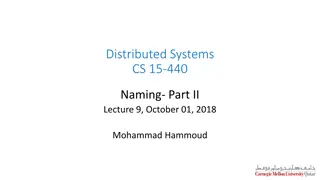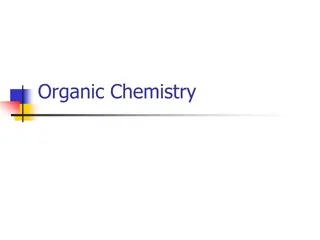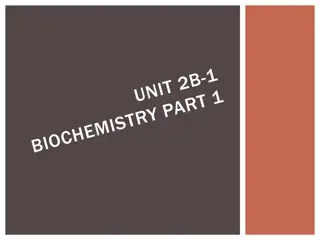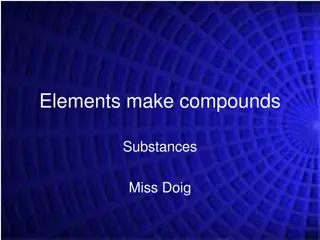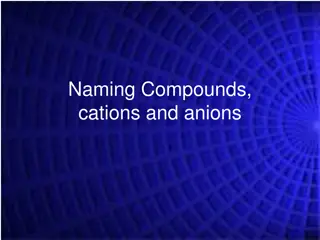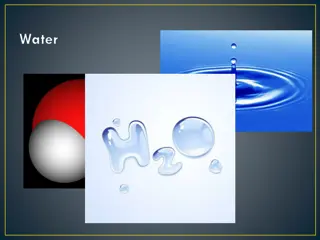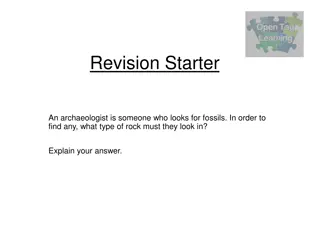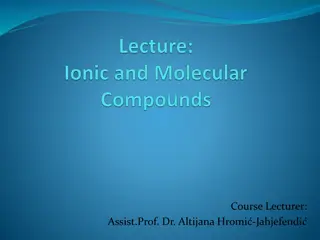Chemistry: Naming Compounds and Writing Formulas
Understand compounds, chemical formulas, and how to write ionic formulas using the Swap 'n Drop Method. Learn about types of compounds - ionic, covalent, and acids, and practice writing formulas for various elements. Follow rules, naming flow charts, and partner activities to enhance your understanding.
Download Presentation

Please find below an Image/Link to download the presentation.
The content on the website is provided AS IS for your information and personal use only. It may not be sold, licensed, or shared on other websites without obtaining consent from the author.If you encounter any issues during the download, it is possible that the publisher has removed the file from their server.
You are allowed to download the files provided on this website for personal or commercial use, subject to the condition that they are used lawfully. All files are the property of their respective owners.
The content on the website is provided AS IS for your information and personal use only. It may not be sold, licensed, or shared on other websites without obtaining consent from the author.
E N D
Presentation Transcript
Chemistry Naming Compounds and Writing Formulas
What is a Compound? A compound is made up of more than one element chemically bonded. For example: H2O
What is a Chemical Formula? A chemical formula shows the number of each atoms of each element present in a compound
So, how do we write chemical formulas? We must first decide what type of compound is present!
What types of compounds are there? The three we will discuss are: 1) Ionic 2) Covalent 3) Acids
How to write an Ionic formula? We use the Swap n Drop Method!
The Swap n Drop Method? 1)List the ions given side by side * The cation (metal) always goes first * The anion (non-metal) goes second 2)Swap the numbers to the other element 3)Drop the charge 4)Reduce if possible
For example, Aluminum and oxygen
Lets try together 1. Magnesium and iodine 2. Cesium and sulfur 3. Strontium and oxygen
On your own, 1. Aluminum and Chlorine 2. Calcium and nitrogen
With a partner, Complete the top half of the worksheet
Rules for Swap n Drop Keep your (family) together Only Ionic compounds can reduce



